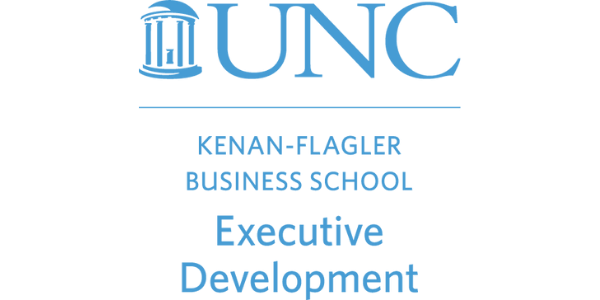ATD Blog
Work-From-Anywhere Challenges and Opportunities
Tue Aug 23 2022

As we shift to more virtual work, many organizations are struggling to recreate an in-person work culture. The ways we once connected are no longer easily applied to the work-from-anywhere (WFA) model. Instead, organizations are forced to evolve and adapt. What does a productive corporate WFA culture look like?
It looks like a culture that trusts employees to do their work and provides them the time they need to do it, in the manner and place they choose. According to UNC Professor Dr. Arvind Malhotra, it also requires managers to intentionally bring people together.
Productivity
A recent Gartner survey found that, among employees whose remote work time increased since January 2020, 36 percent reported increased productivity. At first, productivity dropped during the pandemic. However, that increased as employees established new ways of working and found systems that worked for them. Many organizations trusted their staff; others micromanaged, resulting in lower morale and attrition. But when a culture of trust is developed, the situation changes. Here are some practical ideas to support creating a culture of trust.
Engage
In the US alone, disengagement costs up to $550 billion annually. Organizations can help boost engagement in the WFA environment:
Create a virtual watercooler where employees can discuss their projects, ask for help, and share stories.
Schedule employee-engagement days to bring people together.
Involve executives in sharing knowledge and skills.
Provide mentoring and one-on-one training, which forges trust and engagement.
Redefine Meetings
Leaders should only hold meetings to achieve certain objectives:
Strengthen team connections.
Announce wins.
Share what employees are working on.
Share important business or team updates.
Discuss challenging topics.
When scheduling a meeting, consider these particulars:
Who needs to be there and why?
How long does the meeting need to be to accomplish the goal?
Some of the most effective meetings are between just two people.
Enable Asynchronous Work
Before, many leaders thought that employees needed to work on projects at the same time, in the same place. Now, using technology, individuals can effectively collaborate at different times and places.
Avoid Silos
How social should the office be? It should be social enough to avoid disconnection. A trusted and empowered workforce needs regular check-ins, both with management and with the full team to foster real connections. To help spark this collaboration, leaders should offer virtual hangouts and provide multiple levels of mentorship.
Provide Flexibility
If organizational objectives are met or exceeded, does it matter how, when, and where the work is done? Consider these tools to provide flexibility while also accomplishing your mission:
Allow more diverse people into the workforce through job sharing.
Promote smaller, project-based flexibility.
Provide flexible working hours.
Support Work-Life Balance
Organizations that support their employees’ personal needs help them use energy saved from “life” to create a spark at work. Improving engagement for remote staff requires management to listen to them as individuals, by being aware and listening for cues from their team.
Foster Trust
Assume your colleagues have a positive intent, and most will live up to that assumption. When organizations measure outcomes instead of work styles, they find their goals are met and their employees often excel.
Provide Focus Time
Staff need uninterrupted time to focus on their work. What can you do to encourage this?
Schedule fewer meetings.
Post do-not-disturb signs on offices and block calendars.
Let staff choose their own work times and places.
Conclusion
COVID-19 hurt organizational cultures, but leaders can now rethink and build a new culture around trust. Trust relies on strong connections between employees and alignment from senior leadership. The new role of a leader is to create and maintain these connections.


